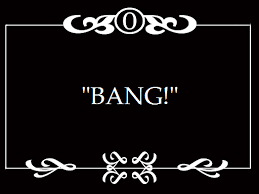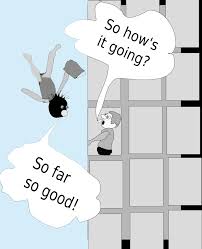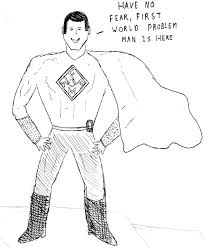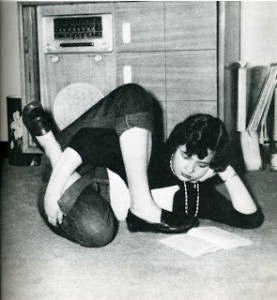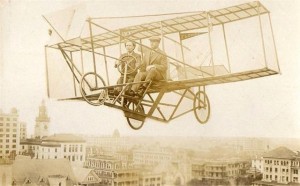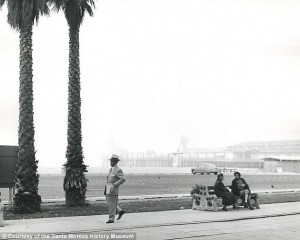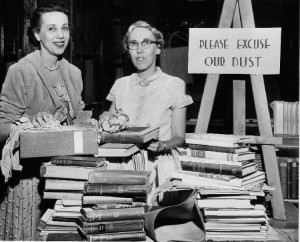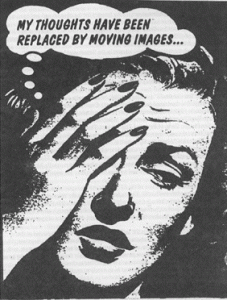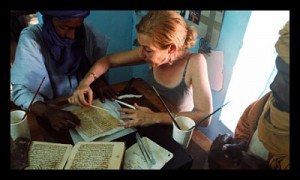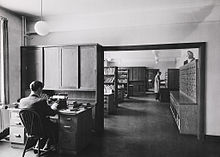For my final vision project, I chose to make a screencast video for the parents and students of my school. It is an introductory video, demonstrating some general features of our school’s new OPAC: Follet’s Destiny Quest. This video will focus on how to use the search feature. My long-term plan for this project is to make several screencast videos, each showing a few more in-depth features of the online library catalogue. Each of them will be posted to my school website library page.
Making this video was a bit more challenging than I thought. I know what you’re thinking….Carrie, the digital immigrant was having a tough time. Waaaaa, poor baby. Actually, the program I used, screencast-o-matic, was fairly intuitive and straight forward. My husband helped me work out a few of the issues, mainly how to post it on YouTube, but other than that, it worked well. My real challenge was the actual speaking part, trying to narrow my focus on what I wanted to talk about.
My first attempt was brutal. I just kept clicking on different features and blathering on about them. I wasn’t sure what I needed to demonstrate and then all of a sudden a light flashed and said my time was up at 15 minutes. And so went attempts # 2 – 9. But with each attempt, I learned a few things and jotted down notes about things I wanted to say and things I wanted to leave out. I set the stopwatch on my iPhone for 15 minutes and glanced at it frequently as I recorded. I was getting a bit worn out as the hours ticked by…
By attempt #10, the video covered pretty much what I wanted to cover. But it is definitely not perfect. I quickly realized as I was making the video(s), that the real problem lies in the fact that I don’t know how to use Destiny Quest very well. I still have way more questions than answers about its features, and therefore feel very inadequate as I am speaking! That is one of my primary goals for April – June when I get back to work next week: I want to book some training sessions and talk to some of the teacher-librarians in our district who are using Destiny much more proficiently than I am. Anyways, here it is in all its glory:
This is my final assignment of my final course for my teacher-librarian diploma. When I started this course, I was feeling rather exhausted, eager to finish up five years of online work! But then, as things got underway, I was learning new things and feeling proud of my accomplishments. I felt connected to Richardson’s book Why School, as it made me rethink the role of technology in curriculum and instruction. Aaron offered lots of encouragement and great ideas along the way. One of my purposes in taking this diploma was to increase my knowledge of technology and ways to integrate it in my school. I feel as if I have taken steps towards that end, and this course has added to that journey.
One of the “ahh-haa” moments is when I realized that professional development can take place anytime and anyplace, not just on a Pro-D day! My long-term goal for professional growth is not just to become knowledgable, but to become a school leader in technology. As retirement draws closer, I don’t want to become a coaster, gliding to the finish line. I really do want to go out with a bang! In order for this to become a reality, I will keep asking, confessing, admitting, trying, failing and ultimately, hopefully, succeeding!
Resources:
Richardon, W. (2012). Why School? How Education Must Change When Learning and Information Are Everywhere. TED Conferences Publishing. [EBOOK]




